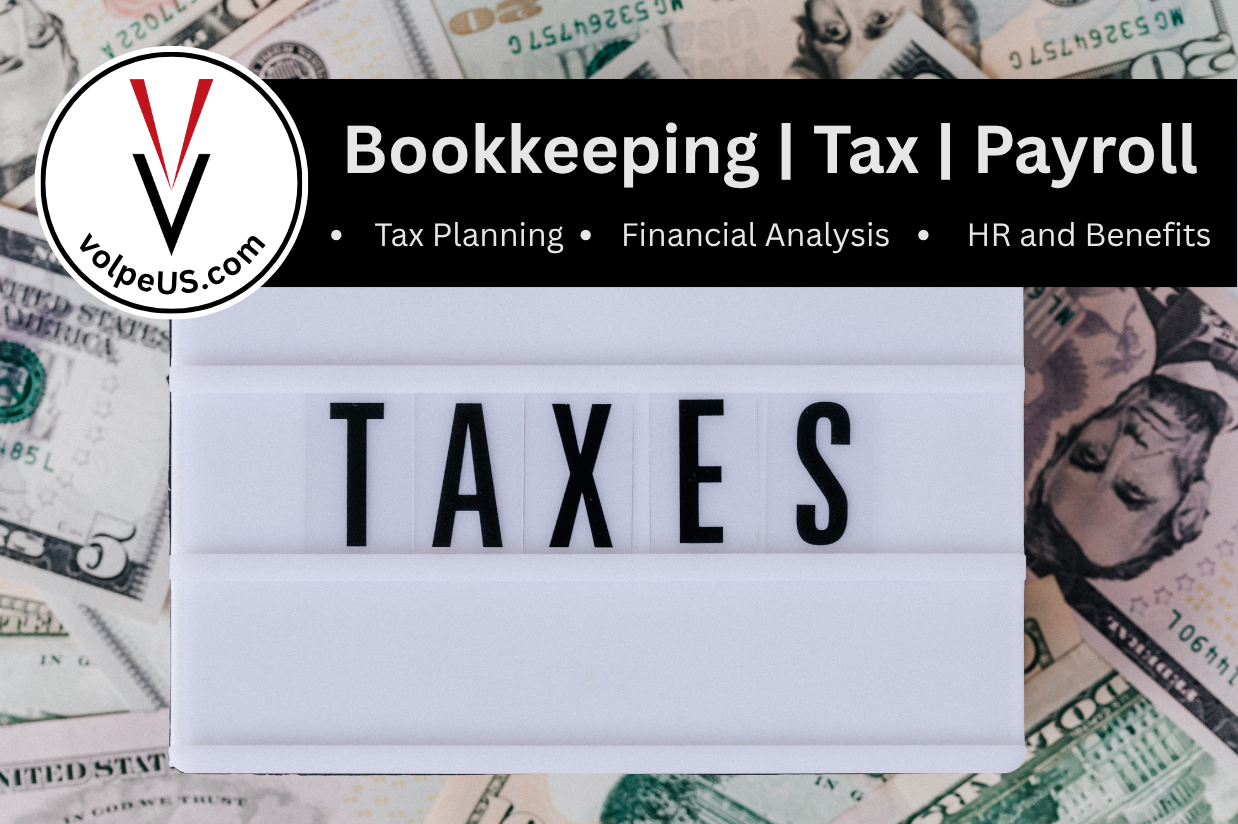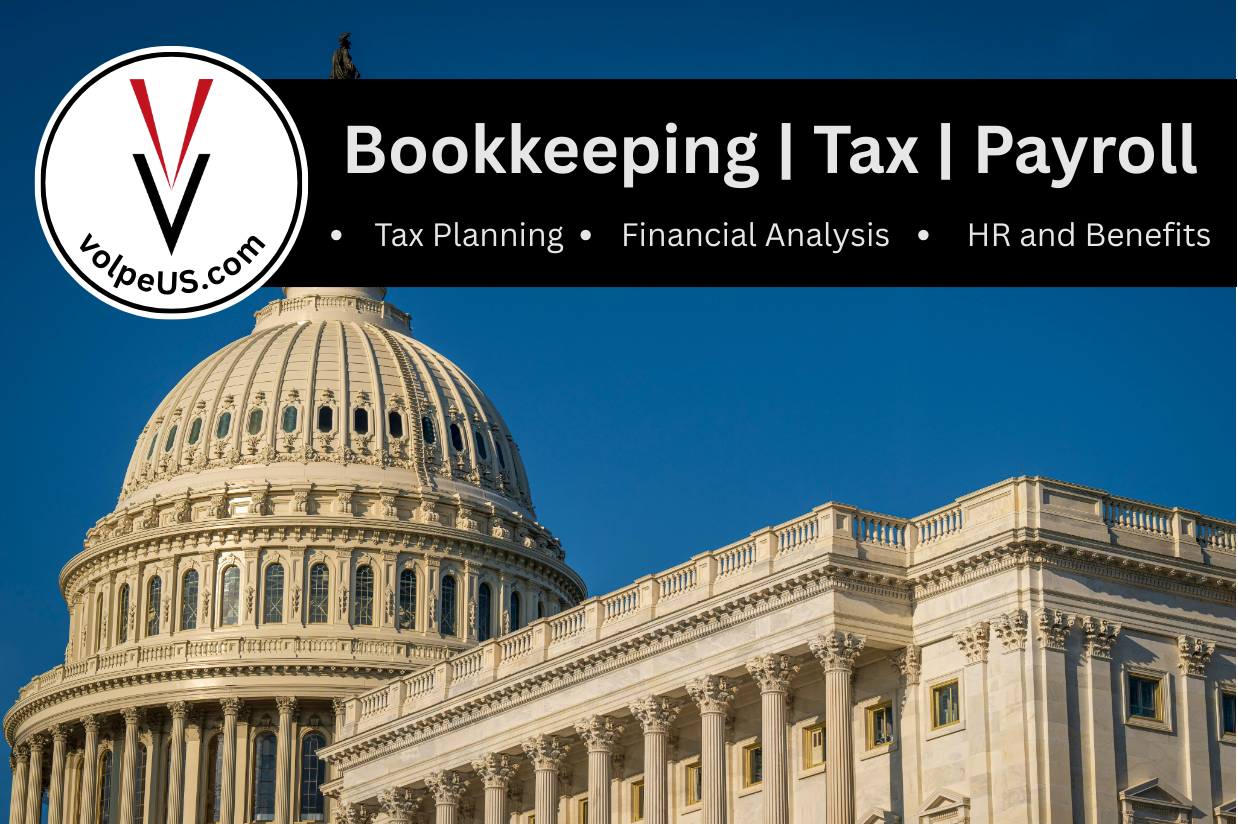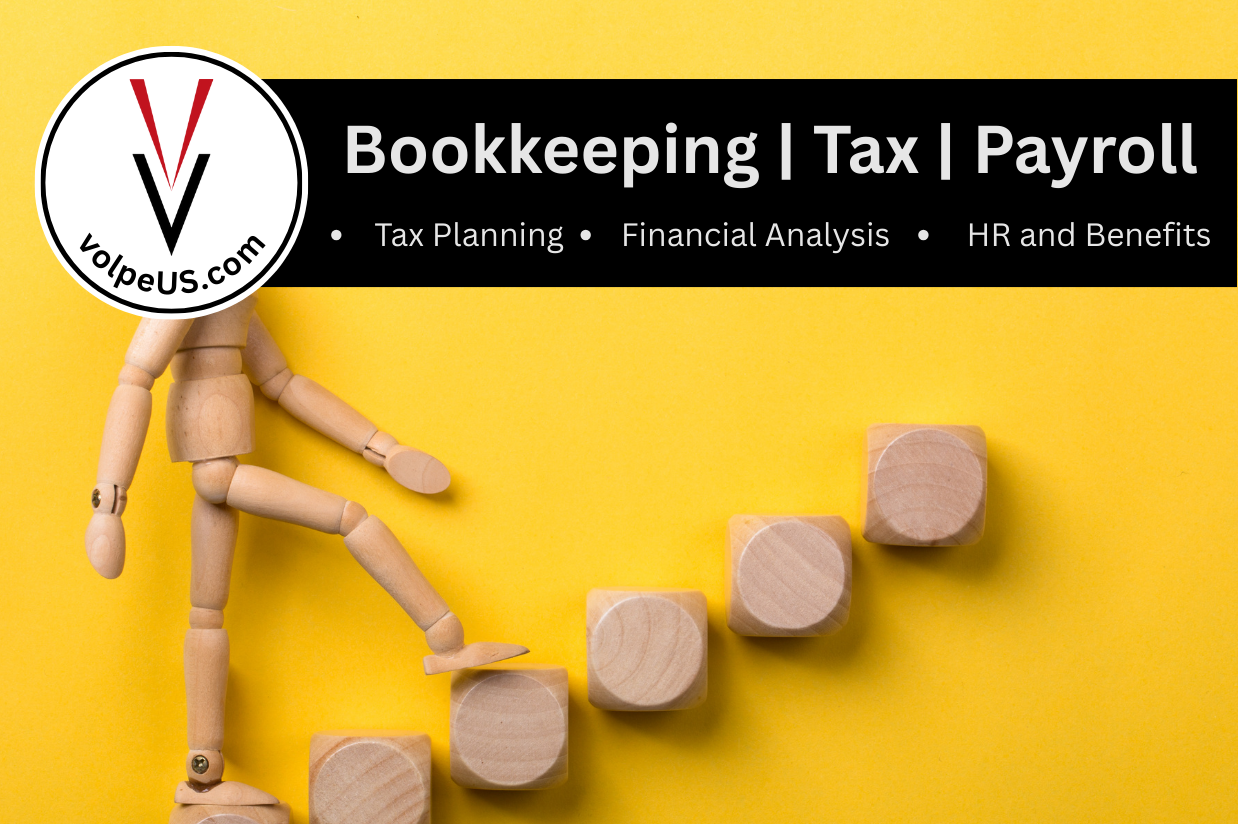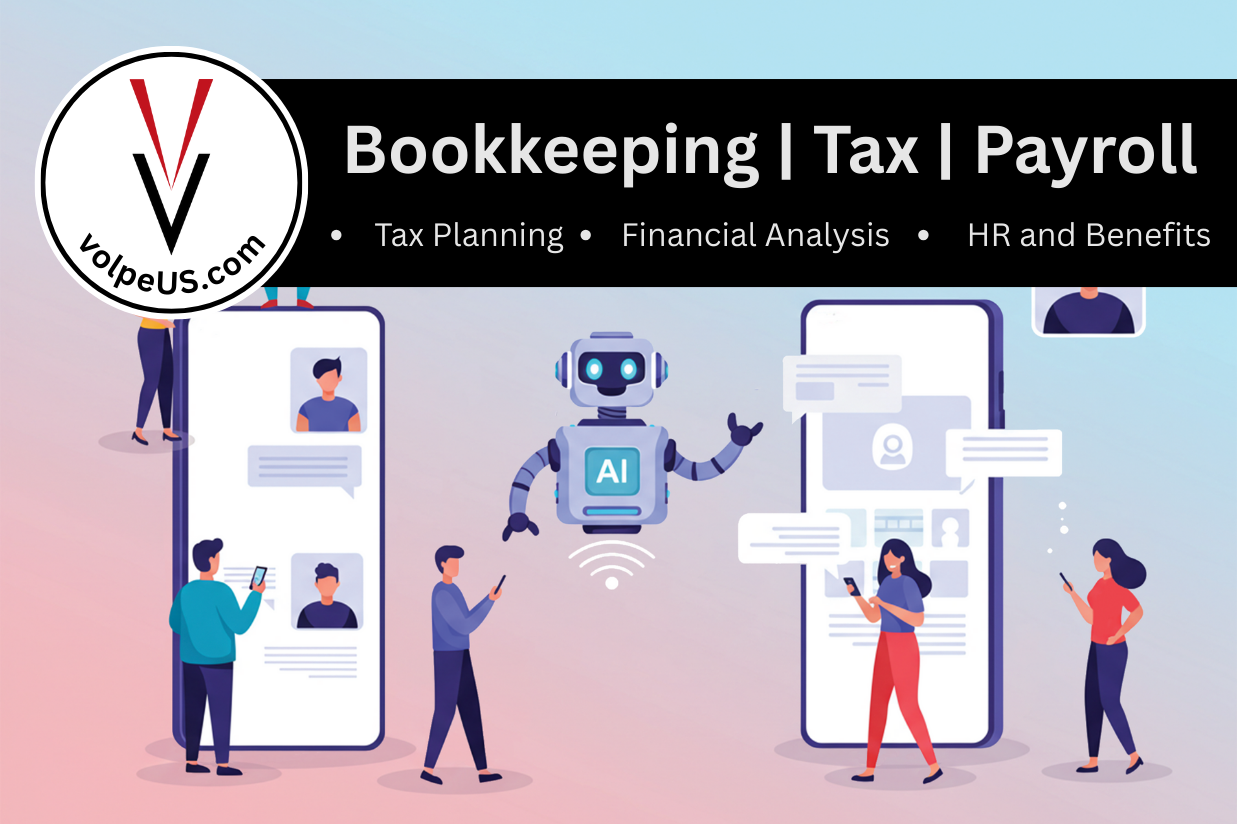Jump to a Specific Section
IRS Accelerates ERC Payments
The IRS has recently announced significant updates regarding the Employee Retention Credit (ERC) program, a pandemic-era initiative designed to provide financial relief to businesses. With these new measures, the agency is both speeding up payments for valid claims and cracking down on improper claims that have flooded the system due to misleading marketing. This blog post breaks down what these changes mean for business owners and what steps you should take if your ERC claim is impacted.
Highlights
- IRS resumes processing ERC claims sent after the 9/14/23 moratorium
- Deadline to file 2021 claims is still 4/15/25
- How to dispute if your claim is improperly denied
What is the Employee Retention Credit (ERC)?
The ERC was introduced during the COVID-19 pandemic to help businesses retain employees during economic downturns. It allowed eligible employers to claim a refundable tax credit against certain employment taxes. However, the credit’s complexity has made it a challenging program for both businesses and the IRS to navigate.
Why the IRS is Accelerating Employee Retention Payments
Due to the vast number of claims submitted—many of which were influenced by aggressive and misleading marketing—the IRS has faced a significant backlog. To address this, the IRS has announced that it is accelerating payments for 50,000 low-risk ERC claims. These payments are expected to begin in September 2024, with more scheduled for the fall. This is good news for businesses with legitimate claims, as it means faster access to the funds they are owed.

Actions Taken on Improper Employee Retention Credit Claims
While accelerating payments for valid claims, the IRS is also taking steps to identify and prevent improper ERC claims. These steps include:
- Disallowance Letters: The IRS has sent out 28,000 disallowance letters to businesses whose ERC claims (1 claim = 1 quarter, not one whole business) were flagged as obviously high-risk.
- Audits and Investigations: IRS has initiated 460 criminal cases involving potentially fraudulent claims worth nearly $7 billion (for an average of over $15 million per case).
- Promoter Investigations: The IRS is also focusing on tax promoters and preparers who improperly encouraged businesses to file for the ERC knowing they either didn’t qualify or never evaluated their eligibility in the first place.
Understanding the ERC Claim Withdrawal and Voluntary Disclosure Programs
In response to the surge in improper claims, the IRS introduced two programs to help businesses rectify their filings:
- ERC Claim Withdrawal Program: This program allows businesses to voluntarily withdraw their unprocessed ERC claims if they review the claim and determine it is unsubstantiated.
- ERC Voluntary Disclosure Program: This program allowed businesses who also knew their claims were fraudulent to voluntarily return 80% of the refund with no penalties. ERC-VDP ended in March 2024, but the IRS is considering reopening the program.
What to Do If Your ERC Claim is Denied
If you receive a denial letter from the IRS, it’s important to know that you have options. Businesses can file an administrative appeal by responding to the address provided in the denial letter. The IRS has acknowledged that some of the initial denial letters omitted information about the appeals process. Rest assured, even if your letter lacks this information, you still have the right to appeal.
Additionally, the IRS has indicated that it will work with taxpayers who can prove their claims were improperly denied. This underscores the importance of keeping thorough records and documentation to support your ERC claim.
Moving Forward: What Business Owners Should Do
Given the IRS’s heightened scrutiny of ERC claims, it’s crucial for business owners to ensure their claims are accurate and well-documented. Here are a few steps you can take:
- Review Your Claim: Double-check the details of your ERC claim to ensure it meets the eligibility criteria. Pay particular attention to qualified wages, gross receipts, and any government orders that might have impacted your business operations during the pandemic.
- Consult a Tax Professional: If you’re unsure about the validity of your claim, consider consulting with a reputable tax professional. They can help you navigate the complex rules of the ERC and ensure your claim is accurate.
- Maintain Supporting Documentation: Given the increase in audits, it’s important to keep detailed records and documentation that can support your claim if the IRS comes knocking.
- Stay Informed: The IRS has indicated that more updates will be coming as they continue to process claims. Keep an eye on IRS announcements and updates to ensure you’re aware of any changes that might affect your claim.

The Employee Retention Credit Today
The IRS’s recent actions highlight the complexity and importance of the Employee Retention Credit program. While the agency is committed to ensuring that eligible businesses receive the relief they deserve, it is also focused on preventing improper payments. By staying informed and taking proactive steps, business owners can navigate the ERC landscape and avoid potential pitfalls.
If your business has submitted an ERC claim or is considering doing so, now is the time to review your eligibility and ensure your claim is solid. With the IRS accelerating payments for valid claims, this could mean quicker relief for your business. However, vigilance is key—make sure your claim is accurate to avoid complications down the line.
Get help filing your Employee Retention Credit
For more information on the ERC program and updates from the IRS, visit IRS.gov or consult Volpe Consulting and Accounting Services for additional notices and a free consultation on your ERC eligibility.













